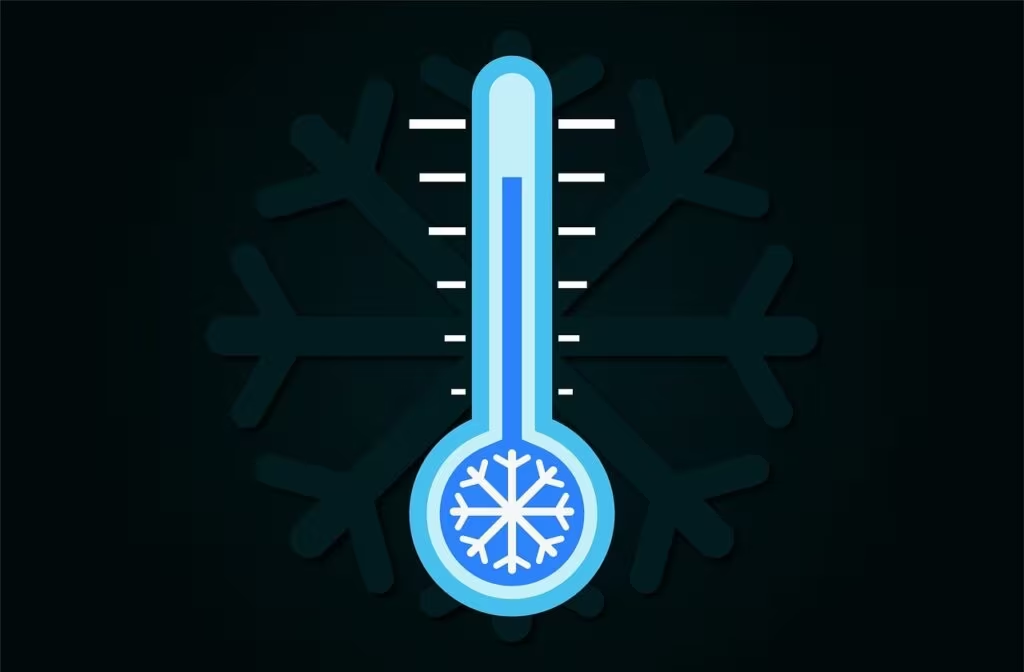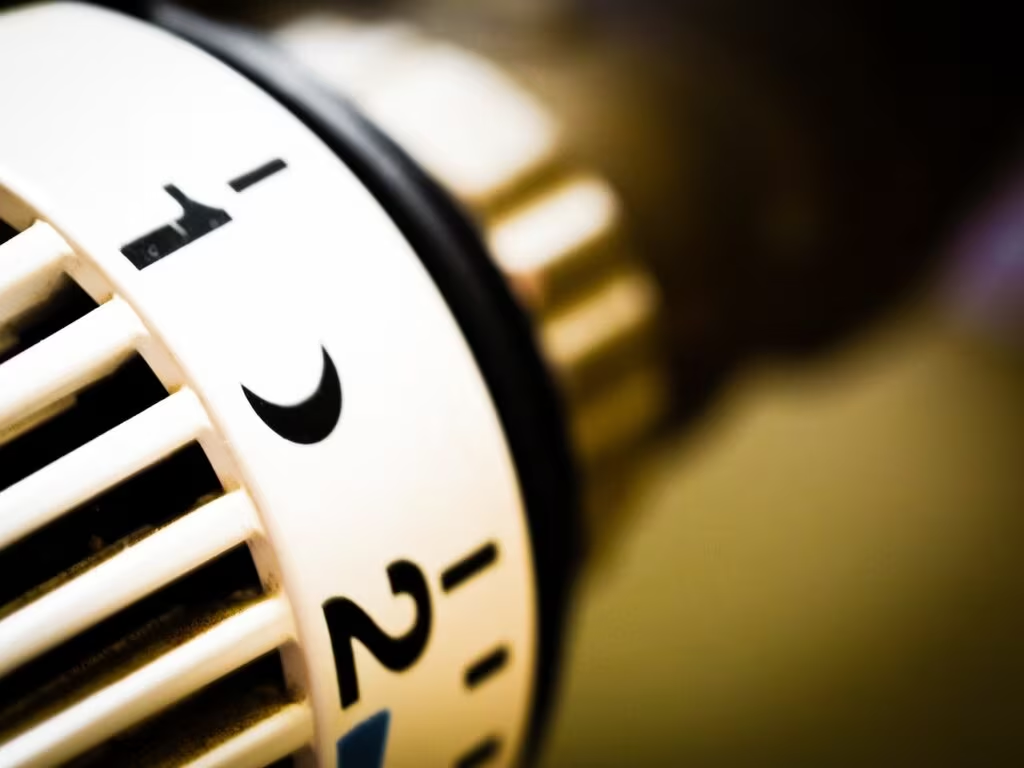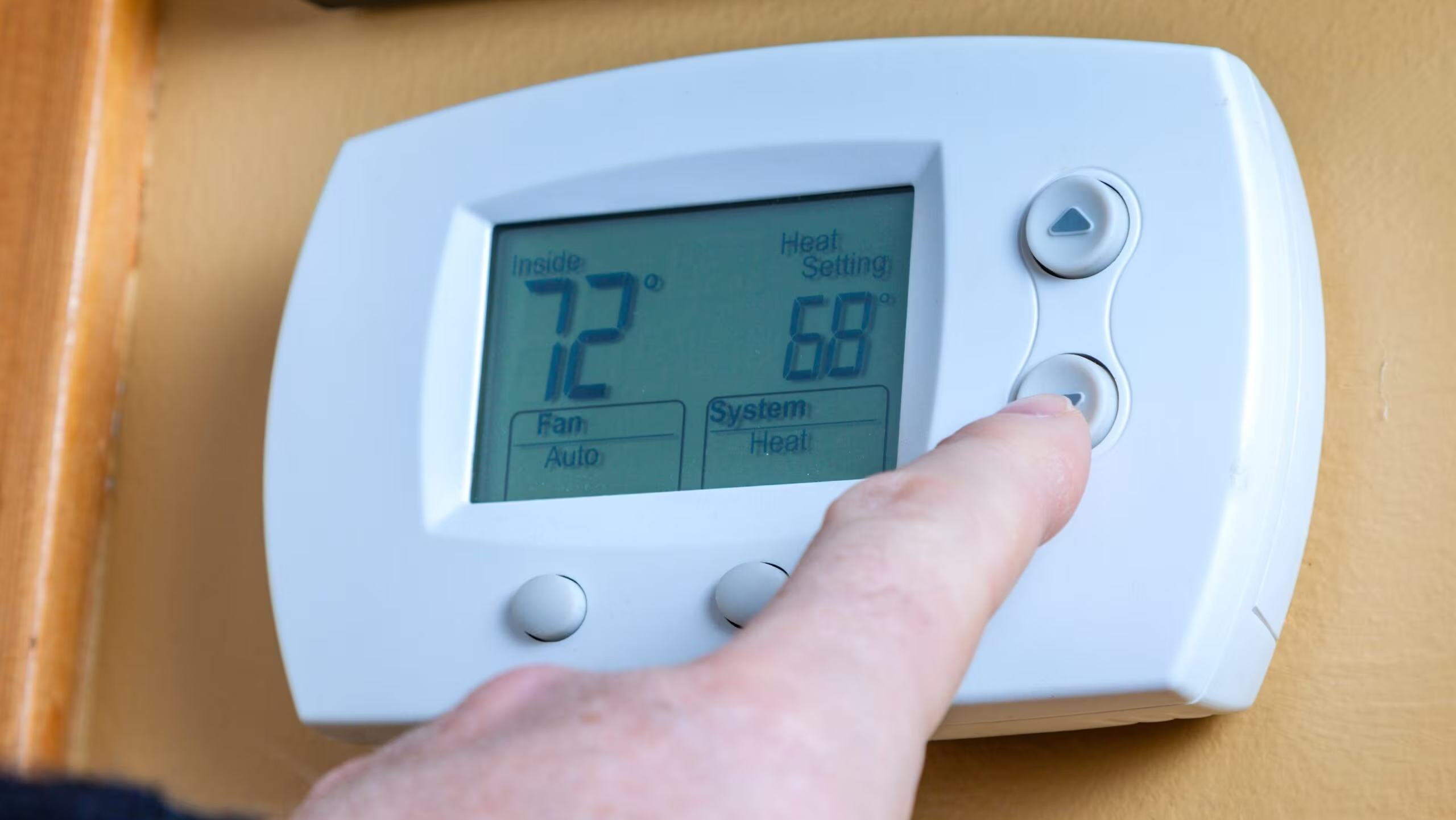The Expert-Recommended Winter Thermostat Setting for Comfort and Savings
As heating bills continue to rise, finding the perfect balance between indoor comfort and energy efficiency is a top priority for homeowners in the winter of 2025. The question of the optimal thermostat setting often sparks debate, but energy experts are clear: there is a specific temperature that maximizes savings without sacrificing habitability.
According to the U.S. Department of Energy (DOE), the ideal temperature for maximum energy efficiency while you are home and awake during the winter months is 68°F (20°C).
This recommendation is not arbitrary. Setting your thermostat to 68°F strikes a crucial balance, ensuring comfort while significantly reducing the energy demand required to maintain a warmer internal temperature against the cold exterior.
Why 68°F is the Magic Number for Efficiency
The fundamental principle of home heating efficiency revolves around the rate of heat loss. Heat naturally flows from warmer areas to colder areas. The greater the temperature difference between the inside of your home and the outside air, the faster your home loses heat, forcing your furnace or heat pump to work harder and longer.
By keeping the indoor temperature at 68°F, you minimize this temperature differential compared to, say, 72°F or 75°F. This slower rate of heat loss directly translates into lower fuel consumption and reduced utility costs.
The Financial Impact of Small Adjustments
While a few degrees might seem insignificant, the DOE emphasizes that you can save approximately 1% on your heating bill for every degree you lower the thermostat over an eight-hour period.

Maximizing Savings: The Power of Thermostat Setbacks
Setting the temperature to 68°F during the day is only half the strategy. The largest savings come from implementing thermostat setbacks—significantly lowering the temperature when the house is empty or when occupants are sleeping.
The DOE advises lowering your thermostat by 7°F to 10°F from its normal setting for eight hours a day. For someone maintaining 68°F during the day, this means setting the temperature back to 58°F to 61°F overnight or when they are away at work.
This strategic setback can result in savings of up to 10% on your annual heating bill.
Recommended Setback Schedule
| Time Period | Activity Level | Recommended Temperature (F) | Recommended Temperature (C) |
|---|---|---|---|
| Daytime (Home/Active) | Awake, active, 8+ hours | 68°F | 20°C |
| Nighttime (Sleeping) | Asleep, 8 hours | 58°F – 62°F | 14°C – 17°C |
| Away from Home | House vacant, 8+ hours | 58°F – 62°F | 14°C – 17°C |
Debunking the Myth: Turning Heat Off Completely
A common misconception is that turning the heat completely off when leaving the house saves the most money. While this saves energy while the heat is off, the subsequent energy required to reheat the house from a very low temperature (e.g., 40°F) can negate the savings.
Furthermore, allowing the internal temperature to drop too low can create risks:
- Pipe Freezing: Temperatures below 55°F increase the risk of pipes freezing and bursting, leading to catastrophic damage and expense.
- Structural Damage: Extreme temperature fluctuations can stress building materials.
- Humidity Issues: Rapid cooling can lead to condensation and mold growth.
Experts recommend maintaining a minimum temperature, even when away for extended periods, usually no lower than 55°F.
Tools for Efficiency: Smart and Programmable Thermostats
Achieving consistent and effective temperature setbacks is nearly impossible with a manual thermostat. This is where modern technology provides significant returns on investment.
Programmable and Smart Thermostats are essential tools for implementing the DOE’s recommendations automatically. These devices allow users to set precise schedules based on their daily routines, ensuring the temperature is lowered automatically when they leave for work and raised just before they return.

Key Features of Modern Thermostats:
- Scheduling: Allows for multiple temperature changes throughout the day, seven days a week.
- Learning Capability (Smart): Some models learn user habits and automatically adjust for optimal efficiency.
- Remote Access: Allows users to adjust settings via a smartphone app, crucial for unexpected schedule changes.
- Geofencing: Automatically lowers the temperature when the last person leaves the home and raises it when the first person returns.
Beyond the Thermostat: Other Winter Energy Savers
While the thermostat setting is critical, maximizing winter savings requires a holistic approach to home energy management. Even the perfect setting won’t compensate for a leaky, poorly insulated home.
1. Seal Air Leaks
Air leaks around windows, doors, electrical outlets, and plumbing penetrations are responsible for a significant portion of heat loss. Use caulk and weatherstripping to seal these gaps. The DOE estimates that sealing leaks can save homeowners 5% to 30% on energy bills.
2. Optimize Window Management
- Daytime: Open curtains and blinds on south-facing windows to maximize passive solar heating.
- Nighttime: Close curtains, drapes, and blinds to create an insulating layer against cold windows.
3. Schedule Furnace Maintenance
Ensure your heating system is operating at peak efficiency by scheduling an annual professional inspection. Critically, replace or clean your furnace filters monthly during the heating season. A clogged filter restricts airflow, forcing the system to run longer and consume more energy.

4. Adjust Water Heater Temperature
While not directly related to space heating, water heating is the second-largest energy expense in most homes. Lowering your water heater temperature to 120°F (49°C) saves energy and reduces the risk of scalding.
Key Takeaways for Winter Heating Efficiency
To ensure your home is comfortable, safe, and cost-effective this winter, follow these expert guidelines:
- Daytime Target: Set your thermostat to 68°F (20°C) when you are home and awake.
- Nighttime/Away Setback: Lower the temperature by 7°F to 10°F for eight hours to achieve up to 10% savings.
- Minimum Safety: Never let the temperature drop below 55°F to protect pipes and the structure.
- Automation is Key: Utilize a programmable or smart thermostat to manage setbacks automatically and consistently.
- Holistic Approach: Complement thermostat settings with proper insulation, air sealing, and regular furnace maintenance.
Conclusion
The most effective strategy for winter heating is not about finding one perfect number, but about implementing a dynamic schedule that aligns comfort with energy conservation. By adopting the 68°F daytime standard and utilizing automated setbacks recommended by the DOE, homeowners can maintain a comfortable environment while making a significant dent in their utility expenses throughout the 2025 heating season.
Original author: Phaedra Trethan
Originally published: November 22, 2025
Editorial note: Our team reviewed and enhanced this coverage with AI-assisted tools and human editing to add helpful context while preserving verified facts and quotations from the original source.
We encourage you to consult the publisher above for the complete report and to reach out if you spot inaccuracies or compliance concerns.

